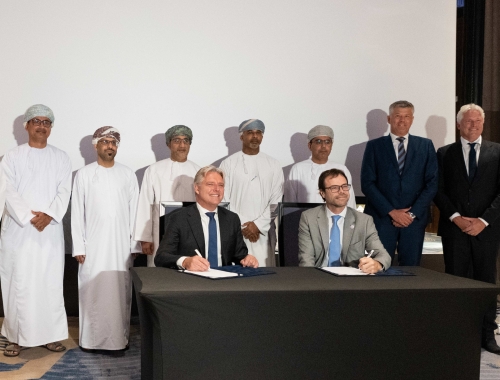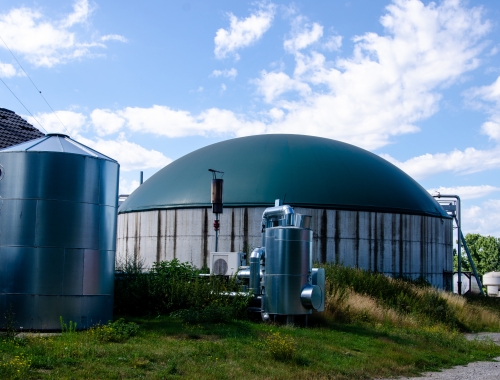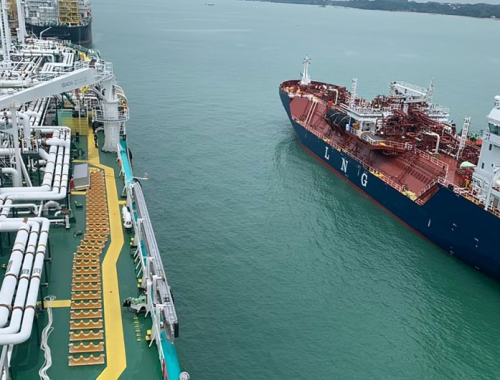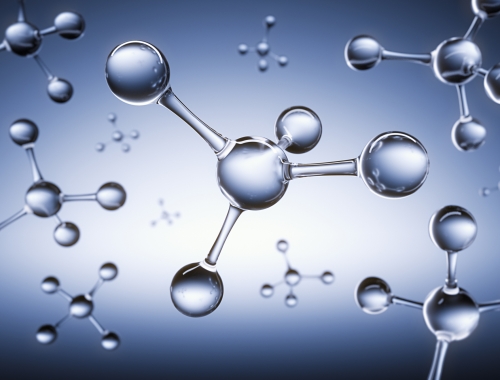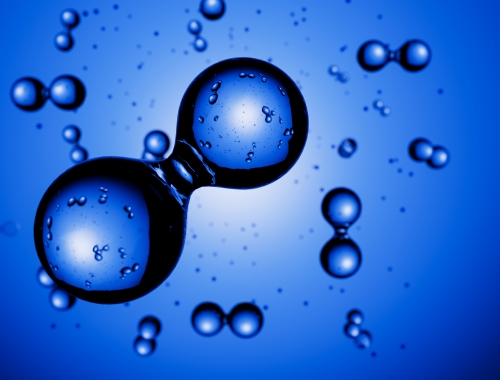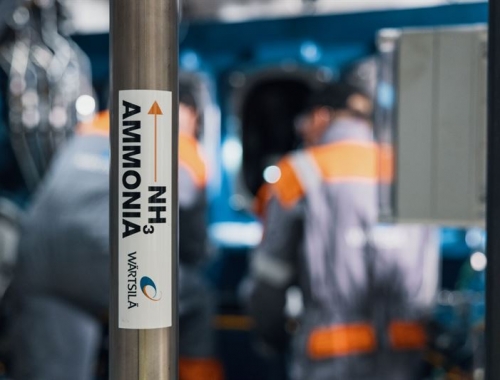CleanConnect: deploying AI to comply with methane emissions rules
SUMMARY
Mark Smith, President and Co-Founder of CleanConnect, discusses with Gas Pathways how his company assists oil and gas operators in complying with EPA rules on methane emissions, while saving on costs.
By Mike WeberQ: Can you tell us briefly what CleanConnect offers oil & gas companies in terms of environmental and economic benefits?
A: We help oil & gas operators automate EPA compliance and operations using computer vision and AI. Our client’s operation departments have seen a 10x ROI through staff optimisation, an 80% reduction in call-outs, savings through preventative maintenance, and a dramatic reduction in environmental compliance fees.
-
Clients have told us that the environmental & economic benefits are described by the 6 P’s:
-
Permits. Our advanced emission programme helps win new permits. These permits increase the market value of a producer’s provable reserves.
-
People. It's hard to find qualified people. We allow you to “clone” your most qualified people and enable them to remotely monitor & manage multiple facilities using computer vision & AI.
-
Process. Manage by exception. Efficiency is built in. Remote monitoring & management (RMM) workflows eliminate 80% of the call-outs.
-
Proof. Prove that you're producing clean energy using government-approved methodology - Prove Zero. The real-time methane intensity reporting satisfies state, federal, global, and financial reporting requirements.
-
Product. By detecting & fixing problems quickly, we enable our operators to create a cleaner, low-methane-intensity, product.
-
Profit. The sum of the above is more profit. Our clients are experiencing a 10x ROI when factoring the above benefits.
Q: The oil & gas sector is increasingly moving towards greater use of artificial intelligence and automation for monitoring and measurement. Tell us about how your suite of AI products is enabling greater flexibility for operators?
A: We co-created our product with a large independent upstream operator in CO who wanted to build out dozens of new upstream facilities without needing to hire night or gate operators. This saves them $6mn annually in labour costs. Our AI suite monitors their site 24x7 and only notifies them when there’s a problem. Our client’s tell us they can manage dozens of sites from their smartphone. They say it’s like having their clone living on site, taking care of everything while they go about their business.
Q: Technology that leans heavily on AI and Machine Learning has at times in the past come under criticism for data bias. What has CleanConnect done to ensure data bias does not impact your products?
A: First, we don’t profile individuals. Our industrial visual AI models include gas leak detection, liquid leak detection, fire & smoke detection, ECD monitoring, tank-level monitoring, PPE detection, licence plate recognition, etc. We have 30mn OGI (optical gas imaging) videos that are used by our deep learning training models to train the gas leak detection model for example. Our operators verify the alerts we send them and that information is used to retrain models if necessary.
Q: Just how detrimental to a company’s operations are false negatives and false positives that can occur in VOC gas detection and how does CleanConnect’s technology root these out?
A: False positives are annoying. We work with our operators to train those out and model updates occur about every two weeks. False negatives can lead to serious consequences. Liquid leaks, smoke, fire are all early indicators of a more serious problem. Our models are constantly being updated to detect edge cases that may not be caught. Right now, we’re at a 95% detection rate that was confirmed in blind testing and verified by the State of Colorado's as part of our Alt-AIMM (approved instrument monitoring method) certification.
Q: ESG has soared to the top of the agenda for oil & gas companies, so can you tell us about the publicly traded energy certificates that CleanConnect creates which prove green credentials for companies?
A: One of our clients, Triple Crown Resources, asked us to create autonomous S&P Methane Performance Certificates that can be traded for a premium. To achieve that goal, we ended up creating a source-level measured emissions inventory.
That inventory can be used to satisfy future regulatory reporting for the Colorado Regulation 22 GHG Intensity reporting, EPA methane intensity reporting, OGMP 2.0 Level 4 methane intensity reporting, and more. In addition, we created an NFT that summarises that data and can be used for numerous stakeholders including S & P MPC, bankers, insurance, investors, and others.
So, the energy certificate can be used to create both publicly traded certificates, like the S&P Methane Performance Certificates, or privately traded certificates, regulatory reporting, or private reporting to various stakeholders.
Q: ESG is still in its early stages and reporting requirements are constantly evolving. What measures are you taking to ensure CleanConnect’s systems stay up-to-date with regulation changes?
A: We are the first government-certified continuous-OGI camera leak detection system. In addition, Colorado included us as a technology & framework for their regulatory GHG intensity reporting (Regulation 22).
To achieve this milestone, we had to show we can produce a source-level measurement-informed emissions inventory. It turns out that the data we create for CO Regulation 22 is the same data needed for EPA methane intensity reporting, OGMP 2.0 Level 4, and can be used as input for the SEC Climate Risk reporting.
Because we’re the first government-certified solution for autonomous LDAR and GHG intensity reporting, we work very closely with regulators in Colorado. Colorado is the R&D lab for the EPA, so almost every new regulation proposed by other entities, like other states, the EPA, EU, OGMP and others, originated from Colorado. In addition, I personally read 1,438 pages of new EPA regulations and summarised them into a 16-page EPA Cheat Sheet, which your audience can download here.
Q: Let’s discuss CleanConnect’s growth as a company. When was CleanConnect established, what has been your growth trajectory, and what are your future targets and goals?
A: CleanConnect.ai was started in March 2020. We are growing 100% per year. Our initial clients are all new upstream sites. We have now developed our own line of OGI cameras (VOC and methane-only) that allow us to provide a cost-effective full-field solution. We will shortly be piloted on downstream, midstream and offshore sites.
In short:
-
2023 - US Upstream Oil & Gas clients - new upstream facilities.
-
2024 - International expansion through enterprise channel partners, including selective midstream, downstream, petrochemical plants, and offshore. Full-field scale deployments (new + older upstream sites).
-
2025- Expansion into adjacent markets like agriculture, landfill management who are required to do similar regulatory methane monitoring.
Q: Geographically, which markets are your customers based in currently? Do you have plans to expand to more markets?
A: Our current clients are across the US. We will shortly announce new international clients through our enterprise-level channel partnerships. Our channel partners have existing MSA’s with most of the large independent O&G producers and super-majors. These international clients include refineries and offshore.

